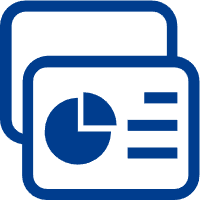.png)
ဆ
搜索结果:
 数据
数据
 公司
公司
 报告
报告
 项目
项目
Hi,欢迎使用MIR DATABANK
- MIR DATABANK 介绍
- AI 报告平台
-
MIR 小程序
 扫码使用微信小程序MIR 数据魔方
扫码使用微信小程序MIR 数据魔方 -
MIR 公众号
 扫码关注微信公众号MIR 睿工业
扫码关注微信公众号MIR 睿工业
 收藏
收藏
 Xia Shen 13683509940
Xia Shen 13683509940
 Room 1607, 16th Floor, Block B, Building 3,
Room 1607, 16th Floor, Block B, Building 3,